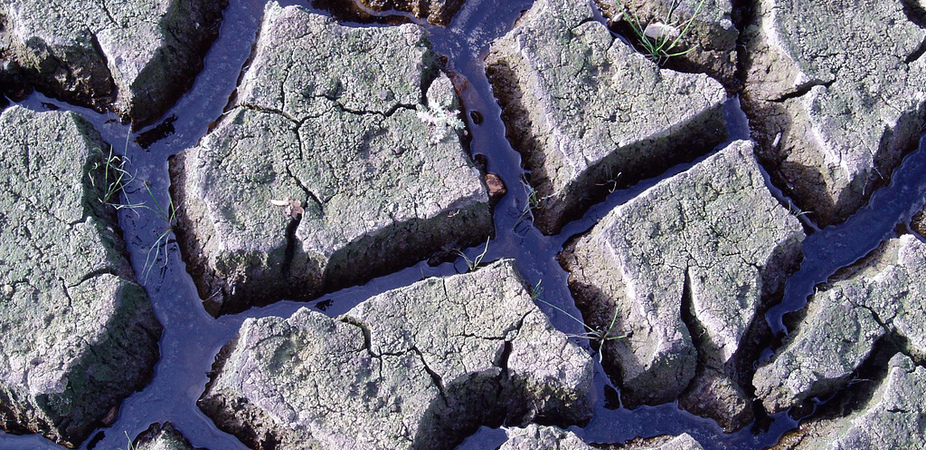
Compiled in collaboration with Australian Science Media Centre.
New research by the Bureau of Meteorology – published shows El Niño will intensify between 2050 and 2100 thanks to climate change.
El Niño is a complex interaction between air and sea in the tropical Pacific which controls many of our weather patterns. The findings show that eastern Australia will see worse droughts, while the central and eastern Pacific will see increased rainfall.
During an El Niño – properly known as El Niño-Southern Oscillation or ENSO – parts of the central and eastern Pacific Ocean warm more than usual, while the seas off eastern Australia cool. As warm water produces more moisture, the eastern and central Pacific see increased rainfall, while Australia experiences lower-than-average rainfall or drought.
Australia last saw a weak El Niño event over 2009-2010. The previous strong El Niño was 1997-1998.
El Niño’s partner in crime – La Niña – is known for causing opposite effects. The summer of 2010-2011 was one of thestrongest La Niña events on record, reflected in rainfall records across eastern Australia, and floods and cyclones in Queensland.
The researchers used four different climate models and found strong agreement between them for decreasing rainfall in eastern Australia.
Currently the Bureau of Meteorology is forecasting neutral El Niño conditions for the remainder of spring and summer.
Dr Scott Power from the Bureau, lead researcher on the paper, told the Australian Science Media Centre that continued global warming has the power to disrupt El Niño and its impacts.
“Until now, there has been great uncertainty about the way in which ENSO [El Niño] might actually change in response to global warming – despite scientists investigating the issue for more than two decades.
“Using the world’s latest generation of climate models we discovered a consistent projection for the future of ENSO. Consistency across models increases confidence in the projections they display.
“Projections produced by the models indicate that global warming interferes with the impact that El Niño sea-surface temperature patterns have on rainfall. This interference causes an intensification of El Niño-driven drying in the western Pacific and rainfall increases in the central and eastern equatorial Pacific.
“The future of ENSO and the disruption it causes to the climate of the earth, its people and its ecosystems are clearer now than ever before.”
Dr Wenju Chai from CSIRO, who did not contribute to the research, said that the paper is significant in that there is a stronger agreement between different climate models in predicting the future impact of El Niño.
“Up until now, there has been a lack of agreement among computer models as to how ENSO will change in the future.”
“During El Niño, Western Pacific countries (Australasia, including Australia) experience unusually low rainfall, while the eastern equatorial Pacific receives more rainfall than usual. This study finds that both the wet and dry anomalies will be greater in future El Niño years. This means that ENSO-induced drought and floods will be more intense in the future.”
Source: The Conversation. Reproduced with permission.










